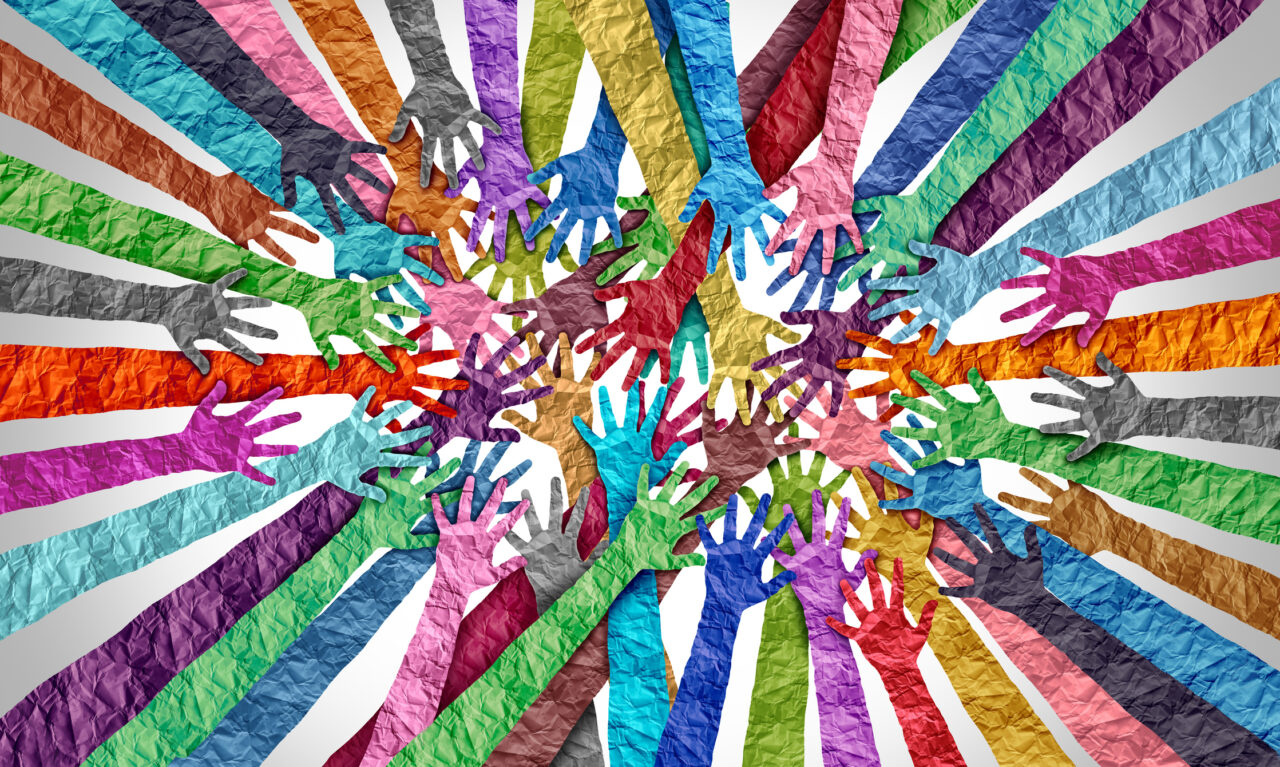Report / Apr 29, 2025
Which Unity? Whose Diversity?
Cultural Mindsets around Pluralism in the United States
By Andrew Volmert, Sarah French Brennan, Kristin Vierra, Luis Hestres, Theresa L. Miller

Five Core Ideas
Summary
The lines of division in US society feel ever present. In the FrameWorks Institute’s research with members of the public, worries about seemingly widening divisions abound as participants across our research projects consistently express a yearning for greater unity. Across groups, people want to find ways of coming together across our differences. Yet they frequently despair about this actually happening. And when probed, they often have very different ideas about what unity should entail.
These issues lie at the heart of pluralism—the active commitment to be in community across our differences. Whether or not people recognize the value of pluralism depends on how people think about fundamental topics like social difference, division, and unity. Understanding the cultural mindsets that people rely on to think about these topics—the deep, taken-for-granted ways of thinking that run below the surface of how we talk—is essential for understanding the barriers to and openings for pluralism.
In this report we begin with a brief explanation of cultural mindsets—what they are and why they’re important— followed by a review of research methods. We then discuss five core ideas that emerged from interviews with stakeholders in the field; they represent the central ideas that the field is looking to advance and build public support for. The remainder of the report offers a deep dive into the cultural mindsets that members of the US public use to think about issues related to pluralism. In presenting these mindsets, we highlight how each one enables or obstructs pluralism so that communicators can use this mindset map to make choices about how to position their ideas.